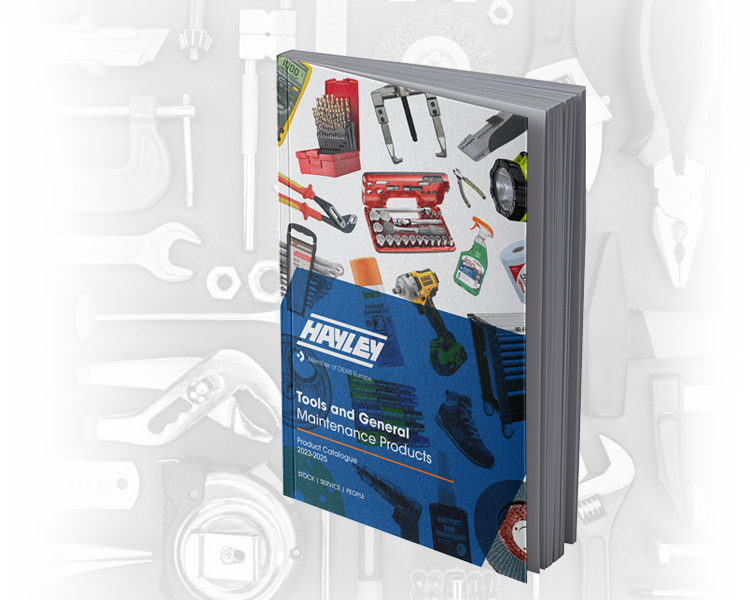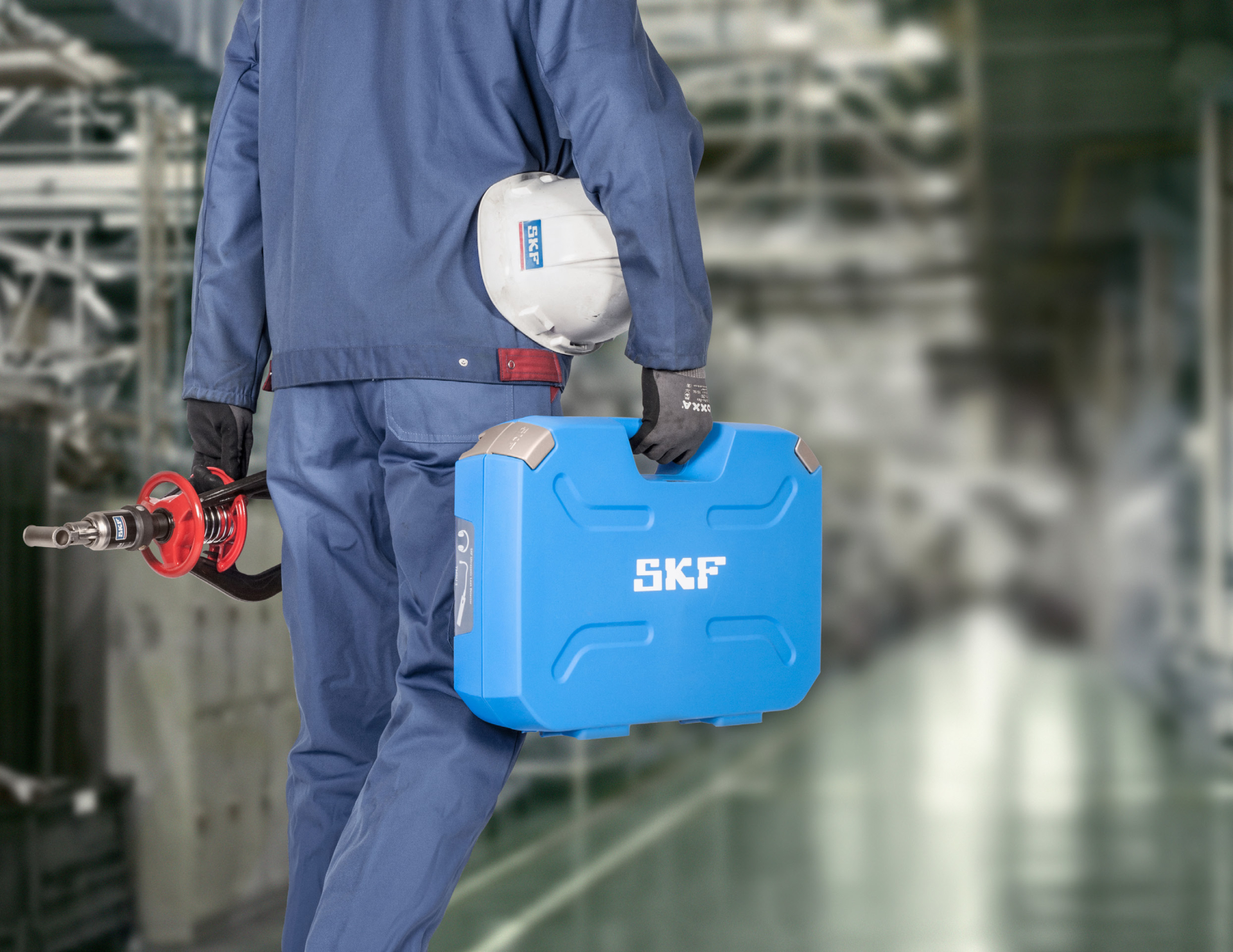Sally Cooper, Regional Sales Manager - SKF
Using the correct maintenance products – for processes from mounting to lubrication – helps to extend the working life of bearings.
Around 90% of bearings outlive the machinery in which they are installed. For the other 10%, the majority will be replaced at some point for preventative reasons. Only a tiny fraction of all bearings (around 0.5%) actually fail in service – and this is rarely due to a problem with their manufacture. The reason is usually linked to how they are treated during their lifetime.
More than one-third fail due to poor lubrication – where either too much or too little has been used. Around 14% of bearing failures are caused by contamination, due to factors such as ineffective seals. Many premature failures can be prevented – or at least delayed – by making sure that bearings are correctly mounted and maintained.
Maintenance products that can do this fall into a number of categories: mounting and dismounting; lubrication; alignment; and condition monitoring. Applying specialist equipment in each of these areas helps to extend bearing life as much as possible.
Roughly 16% of premature bearing failures are caused by poor initial fitting – often when the bearing is forced into place using brute force. Bearings are precision products – so should be treated with care.
Mounting a new bearing is a crucial area to get right. Too often, bearings are fitted unevenly, meaning that forces are unbalanced. This can lead to their early demise. These problems can be avoided by using the correct tools – which are typically provided in kit form.
Cold bearings can be mounted more easily and accurately using a fitting toolkit – including a rubber mallet, impact rings and sleeves. Other techniques – which are appropriate for different bearing types – include induction heating and hydraulic mounting.
Dismounting is equally important, and typically uses very different tools. Even if the bearing will not be used again, it must be removed carefully so as not to damage the shaft. Tools to dismount bearings correctly include mechanical pullers, heating equipment and hydraulic methods. In general, they all apply balanced forces in order to remove the bearing safely.
Under-lubrication is a well-known cause of critical failure, leading to grinding gears and equipment stoppages. What is less well known is that over-lubrication can be similarly damaging. This means that lubricant must be correctly applied, to the right place, at the right time. The most basic way to do this is with manual methods. Instruments such as grease guns and nozzles help technicians to apply grease to lubrication points. A wide range of SKF lubricants is available from Hayley – ranging from food-grade greases to specialist products.
Lubricant can also be applied automatically, using SKF’s System 24 lubricators. These are suitable for a multitude of applications such as pumps, motors, fans, blowers, conveyors and chains. They can be adjusted to deliver the most appropriate quantity of lubricant, at the correct time. This is more accurate – and less time-consuming – than traditional manual techniques.
One other approach is to specify bearings that do not require re-lubrication. Here, the grease is tightly sealed into the bearing, meaning that it never needs to be replenished. These types of ‘relube-free’ bearings are commonly used in the food industry, in order to prevent contamination by leaking grease.
An increasingly popular way of extending bearing life is to use condition monitoring. Here, sensors are used to monitor the ongoing ‘health’ of a bearing – such as by tracking its temperature or vibration characteristics.
It is often seen as something that only large companies would use. However, there is nothing to stop smaller firms using it, as there are many entry-level solutions. One example is SKF’s QuickCollect sensor – which gathers vibration and temperature data and transfers it wirelessly to a mobile device. This helps technicians to keep track of machine conditions – and can act quickly if an alarm is triggered.
Condition monitoring helps companies to overcome traditional maintenance regimes, in which machinery runs until it fails. Now, components such as bearings can be monitored easily and economically – and replaced or repaired ahead of impending failure.
Maintenance is critical to all machinery. In the world of bearing maintenance, mechanical pullers and vibration sensors are as valuable as spanners and screwdrivers.
If you would like to talk about SKF maintenance products, contact your local Hayley Group branch. Find their details online by using our Branch Finder tool.





